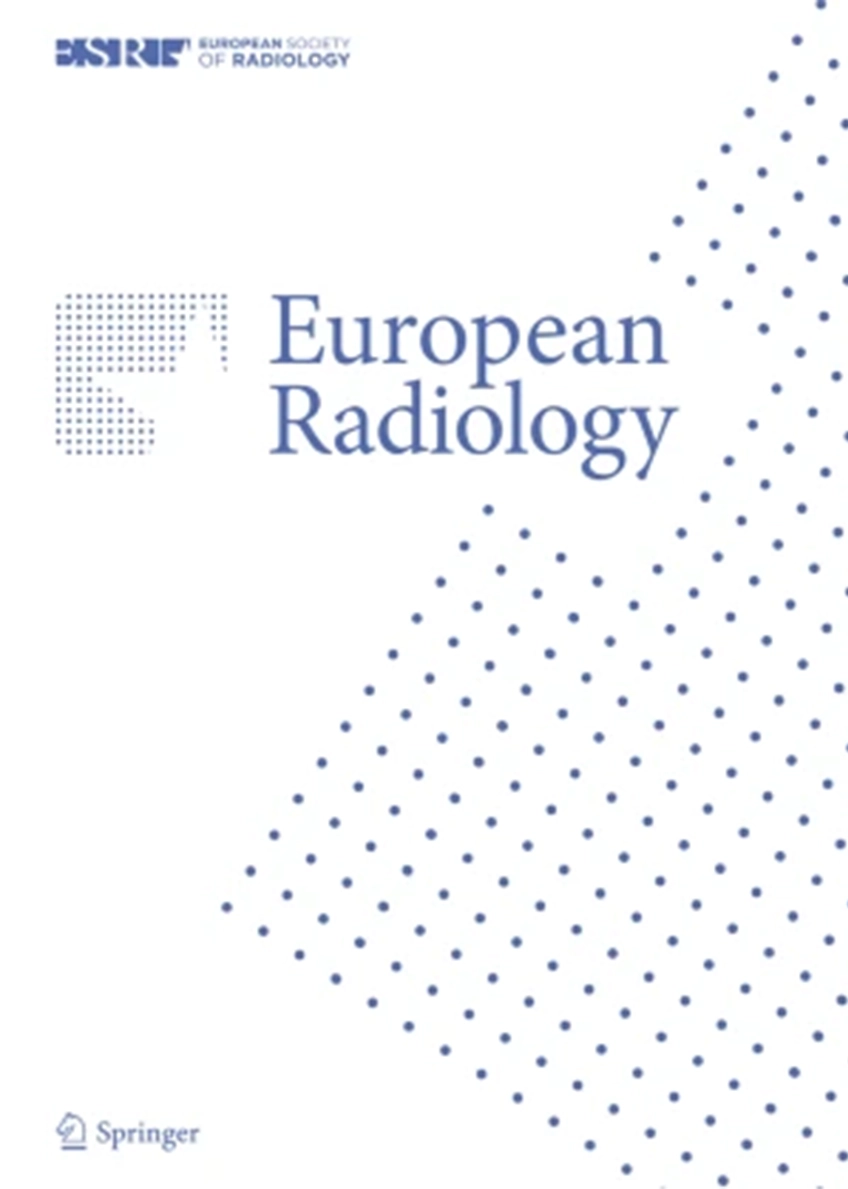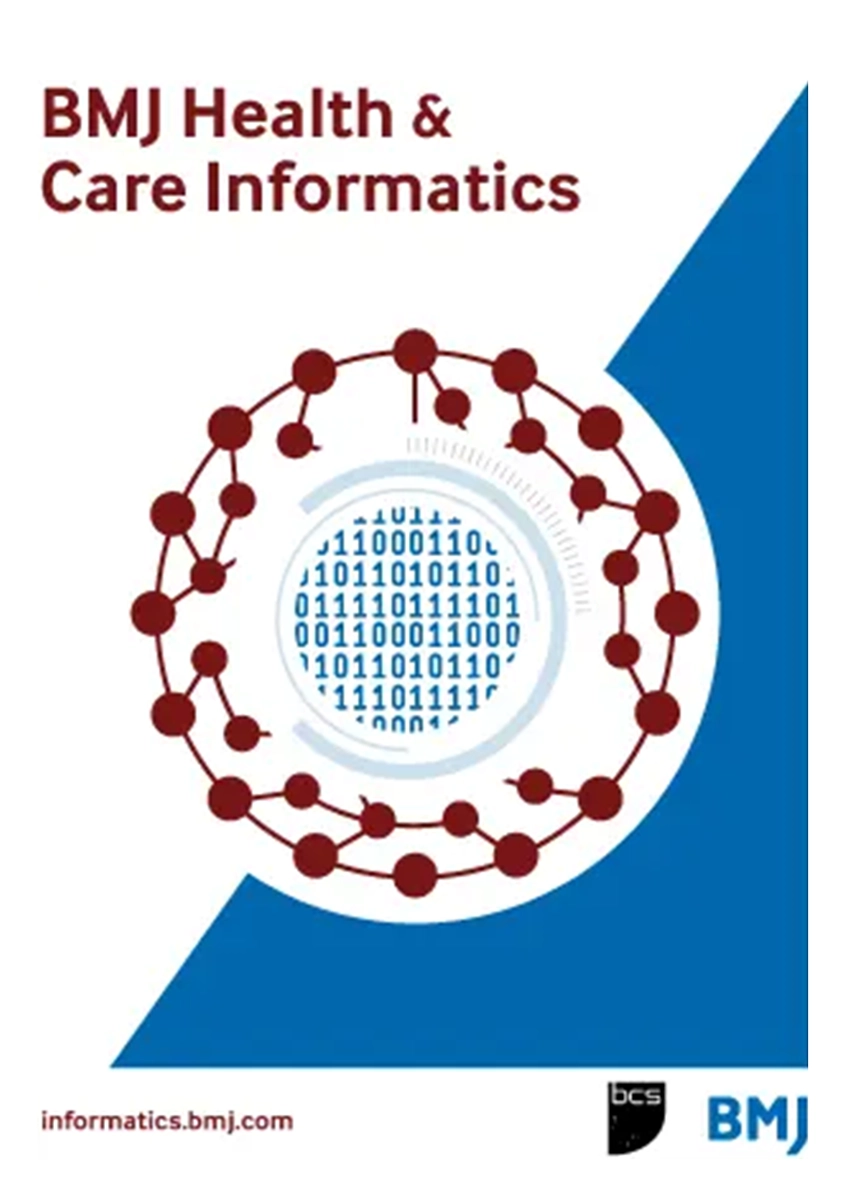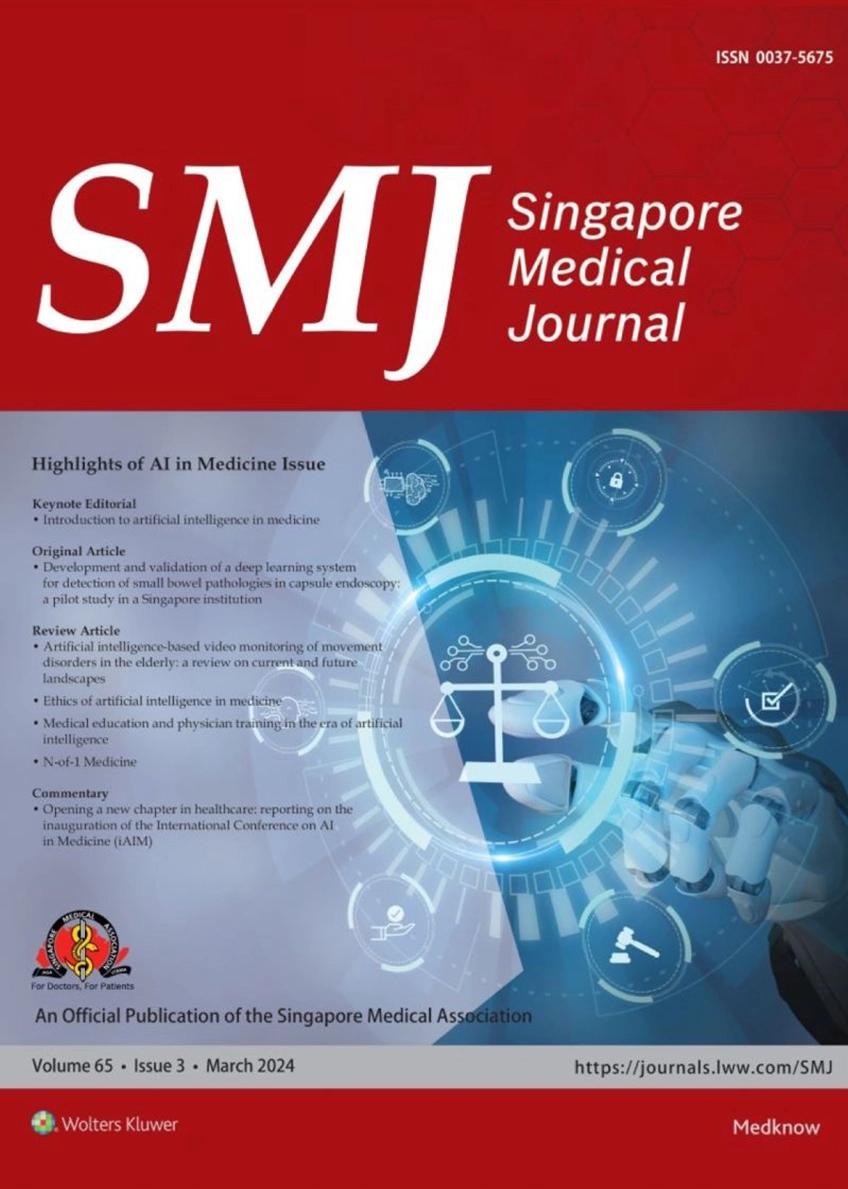- RBfracture
How can we ensure that AI solutions are not only smart but also effective in real-world settings? AIFI explored how to deploy AI in medical imaging of patients, with attention to technology, integration, clinical impact, and procurement.
- RBfracture
RBfracture v2.1 demonstrated a higher AUC than BoneView overall (0.84 vs. 0.83 in Group 1 and 0.65 vs. 0.62 in Group 2) and notably higher specificity (97.9% vs. 85.1%), helping to reduce unnecessary follow-ups. BoneView, however, demonstrated higher sensitivity (81.2% vs. 70%), lowering the risk of missed findings. AI support overall boosted diagnostic confidence among non-specialist radiologists in complex cases.
- RBfracture
RBfracture v1.5 has the potential to significantly reduce recalls and improve efficiency in the Emergency Department. RBfracture exhibited a high specificity of 95.5% and a PPV of 93.8%. The study further showed that the solution could reduce recalls due to discrepant radiograph findings by up to 75%, and cut discrepant cases in the ED by as much as 73.7%.
- RBfracture
This study found no statistically significant differences in sensitivity or specificity between RBfracture v2.2 and Gleamer’s BoneView across the included MSK regions. RBfracture demonstrated strong performance, with a sensitivity of 87.2%, specificity of 89.2%, a positive predictive value of 85.1%, a negative predictive value of 90.8%, and an overall accuracy of 88.4%.
- Paediatrics, RBfracture
RBfracture v1.8 achieved a sensitivity of 92%, specificity of 83%, and overall accuracy of 87%. When supported by RBfracture, radiology residents improved across all metrics—sensitivity increased from 84% to 87%, specificity from 91% to 92%, and diagnostic accuracy from 88% to 90%. The algorithm performed consistently well in children under and over the age of five, with no significant drop in performance.
- Paediatrics, RBfracture
RBfracture v2.0 demonstrated the highest standalone performance, with 97% accuracy and 97% sensitivity. Both junior and senior readers improved their diagnostic accuracy when supported by RBfracture. Notably, the AI successfully detected six subtle fractures that were missed by all human readers, highlighting its value in enhancing clinical decision-making.
- RBfracture
RBfracture v1.7 demonstrated a sensitivity of 98.9% and an accuracy of 85.9%, showing near-perfect agreement with the reference standard. Its implementation highlights significant potential for reducing costs, saving time, and easing manpower demands. By minimizing missed diagnoses, RBfracture helps prevent delays in treatment for patients and reduces the need for callbacks, ultimately supporting more efficient emergency care.
Entering your information does not subscribe you to marketing emails from Radiobotics; it just makes it easier for us to get in touch with you. You can always read our privacy policy.
Contact Radiobotics
Got a question?
Complete the form and someone will get back to you shortly. Or find department emails at our contact us page.
Entering your information does not subscribe you to marketing emails from Radiobotics; it just makes it easier for us to get in touch with you. You can always read our privacy policy.







